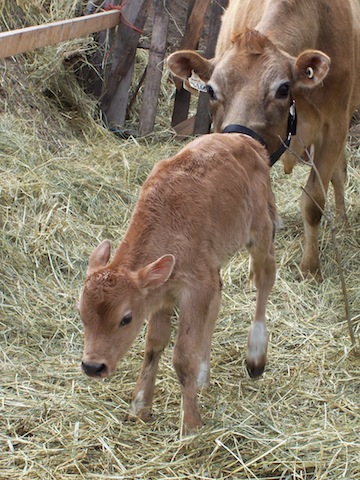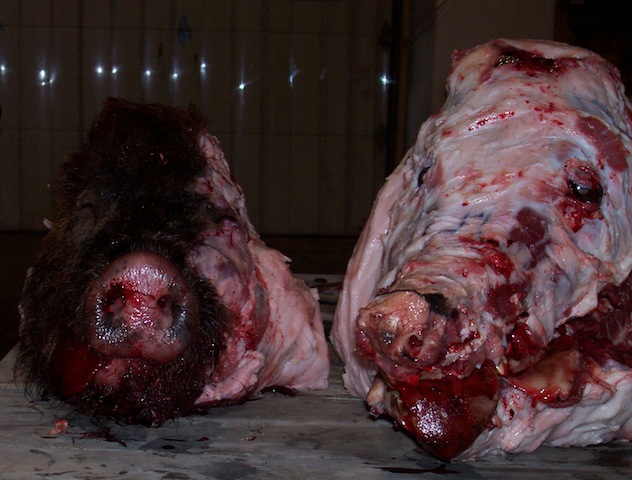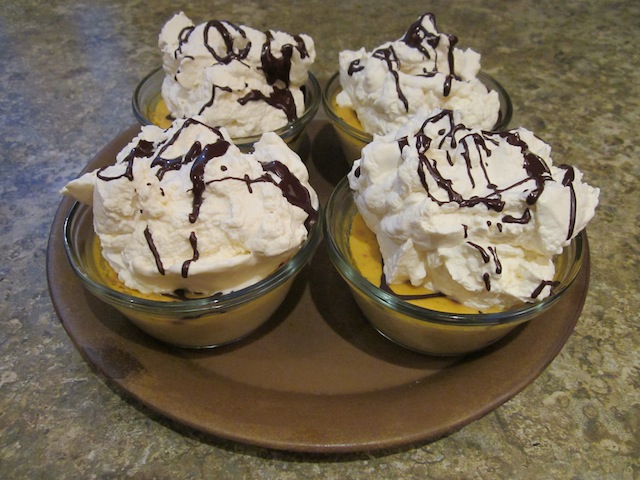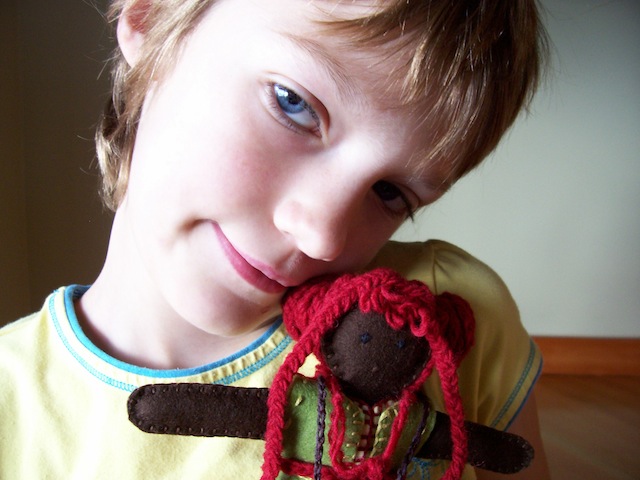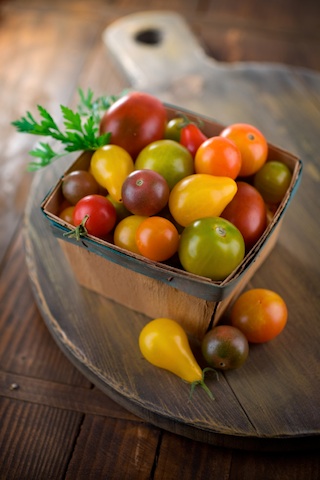Olivia, our Jersey cow, gave birth to a female pure-bred Jersey calf this morning! It was an unassisted birth. If you would like to learn more about Olivia please read Looking for Another Cow. This is Olivia’s second calf. Olivia’s calf is so beautiful. We are very excited!
It wasn’t easy hand-milking Olivia. Olivia has never been hand-milked before because she came from Wildfire Jersey, a commercial dairy in Armstrong, BC. Olivia has not let us touch her even after four months of daily care. In the past, if we come within touching distance she would always back off. Olivia would show interest when I brushed the other cows but she would never allow me to brush her. Olivia had even managed to partly remove her halter which hung from her neck for months because we couldn’t get close enough to fix it.
Shaen and I spent some time discussing if we should try to milk her now or wait until evening. We knew we had to milk her. Her bag was bursting and her teats were angled off in all directions with the pressure. We knew that Olivia would be uncomfortable with all the pressure in her bag. We also had experience last year with scour. We didn’t want the calf to become sick. We decided to try to milk her this morning. If you don’t know what scour is, please read Patty’s Second Birth for more information.
We took some time to game plan how we were going to handle Olivia. We got all of our equipment ready. We organized two 15-20′ ropes, each with an oval straight gate carabiner on one end. Shaen carried one and I carried the other. We dealt with all the other cows and got their feed ready. We got Olivia’s feed ready and her dairy “treats”. We knew she wouldn’t leave her calf so we used the calf to calm Olivia. One at a time we entered the pen. Shaen checked the calf. He petted and cooed over the beautiful calf. As he was checking the calf, Olivia was watching Shaen, and I clipped the carabiner on Olivia’s harness. I dropped the rope and let Olivia back-up. This was a very important step. If I tried to hold a spooked cow, she would drag me all over creation. I backed out of the pen. After Shaen checked the calf, he picked up the end of the rope and did two turns around a tree. I came back into the pen and walked behind Olivia and Shaen would take up the slack on the rope until Olivia was within a few feet of the tree. Olivia panicked but we got her controlled. Shaen put on another halter. I backed out of the pen and used a low whispering voice to “talk” with Olivia. Olivia was pulling against the tree the whole time Shaen milked her. Because she was pulling, she wasn’t kicking or stepping in the milk pail. The calf slept through the milking.

This is Cinnamon's first feed. The chickens are trying to find any small pieces of placenta that Olivia hasn't eaten. Yes, it is a shock the first time you see a cow eating a placenta.
As I whispered calming words to Olivia, she would turn her ears forward in interest. Olivia looked more and more relieved after we got off some of her milk. We milked out 7L and she was still full. Olivia is going to be a high producer of milk. With this type of production, we will have to milk her three times a day. A cow’s first milk is called colostrum. Colostrum is very special. A calf needs colostrum for survival. People like it for its healing qualities. Here is what Weston A Price Foundation says about colostrum:
Cooking with Colostrum
Raw Colostrum Legal in California
Happy Birth Day!

